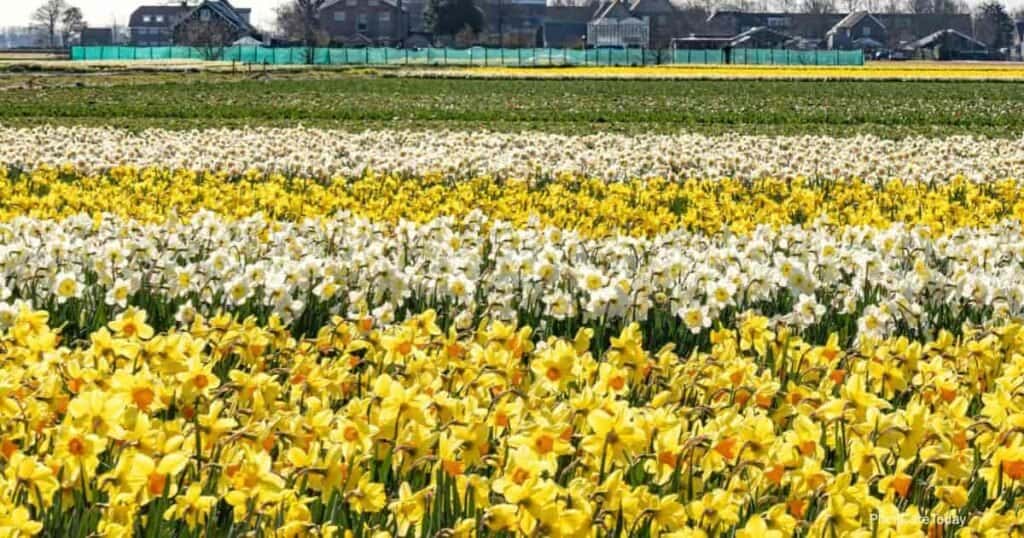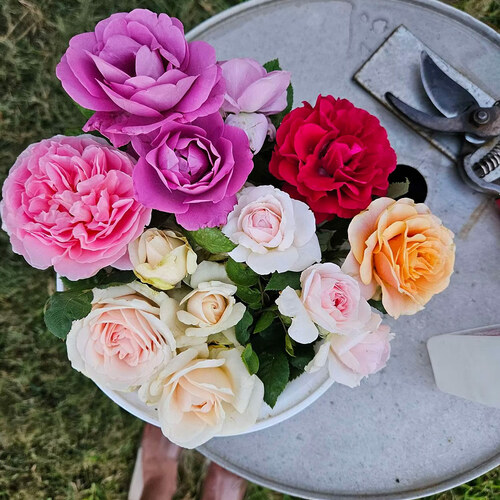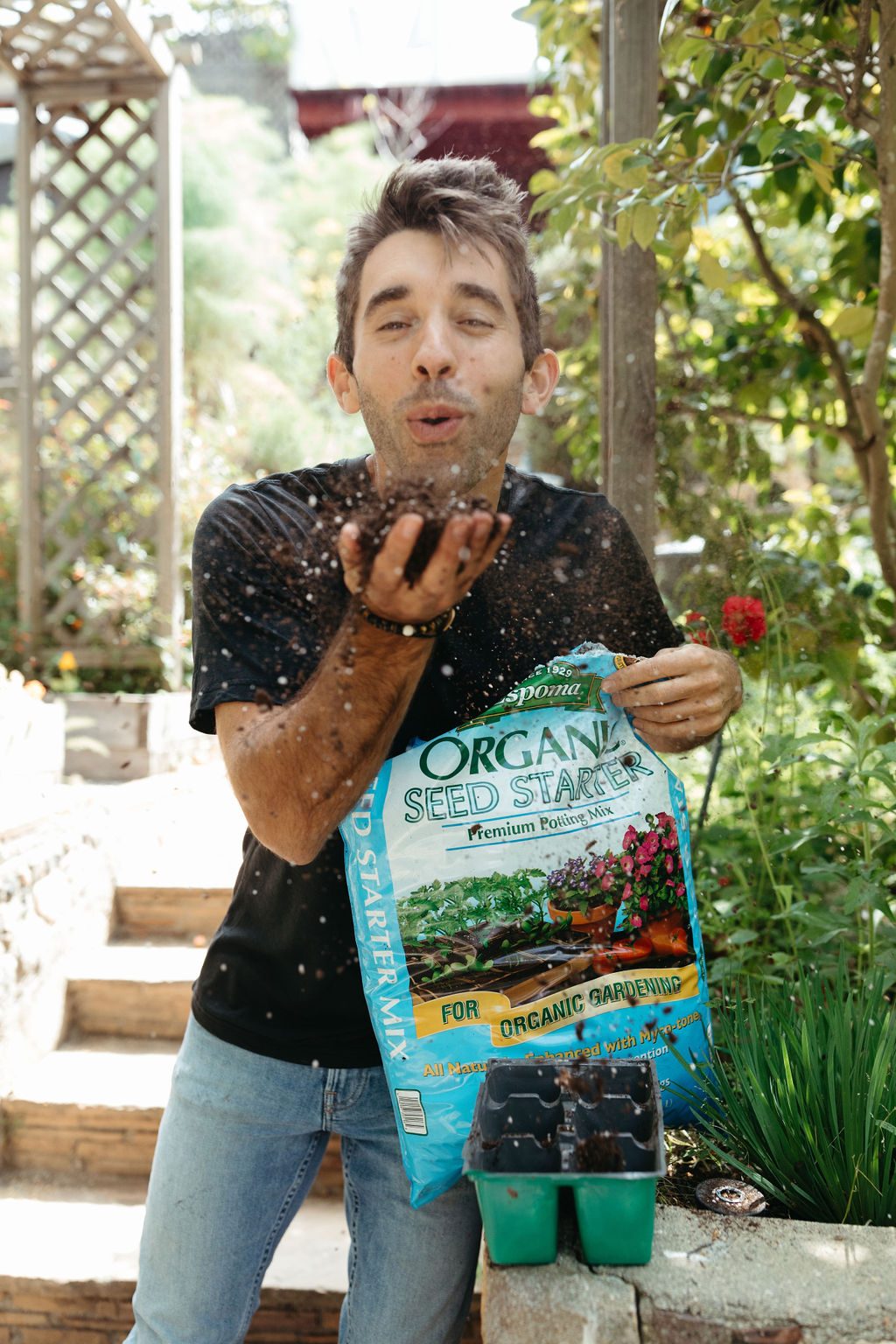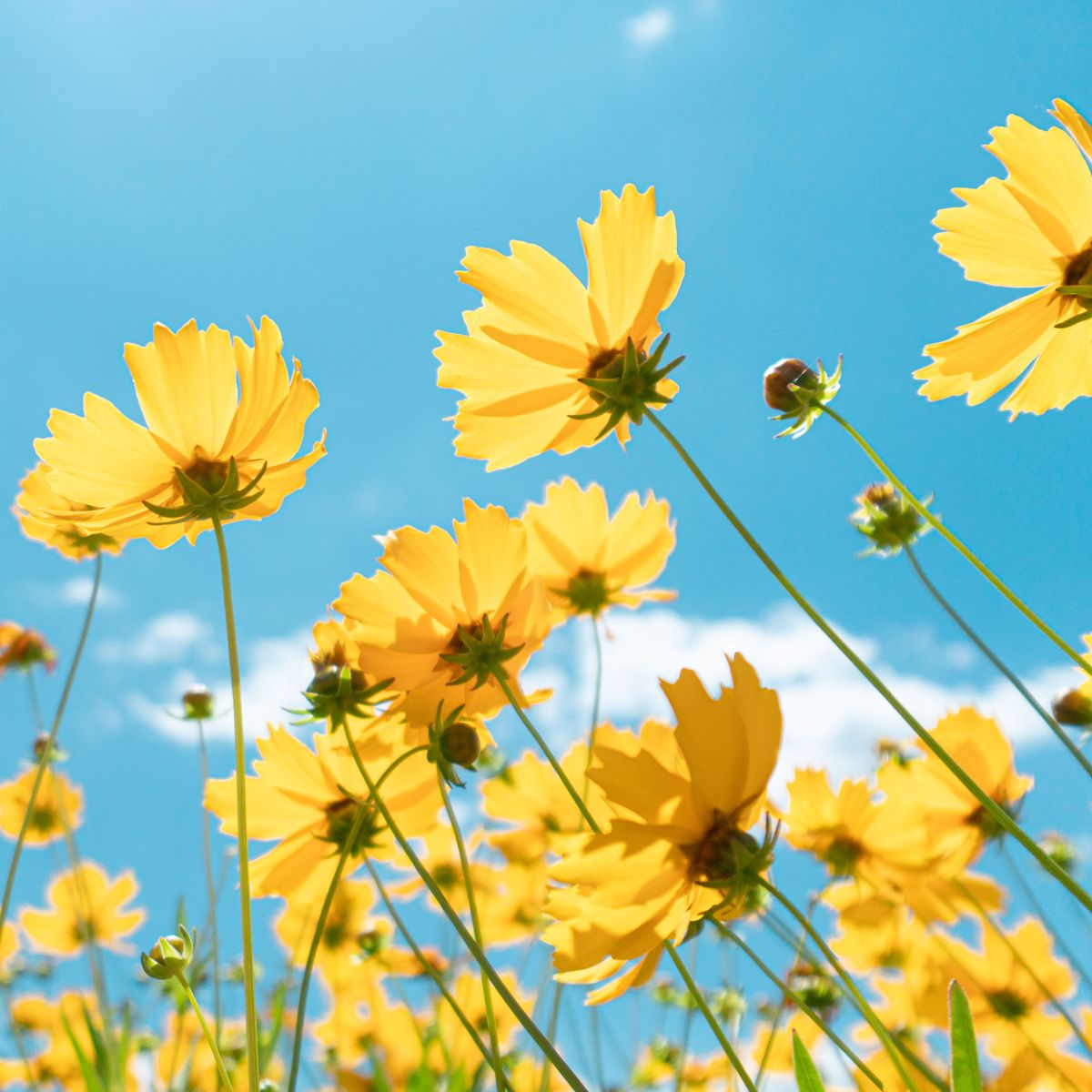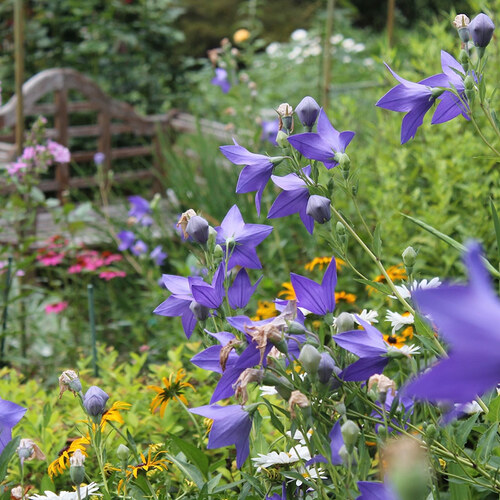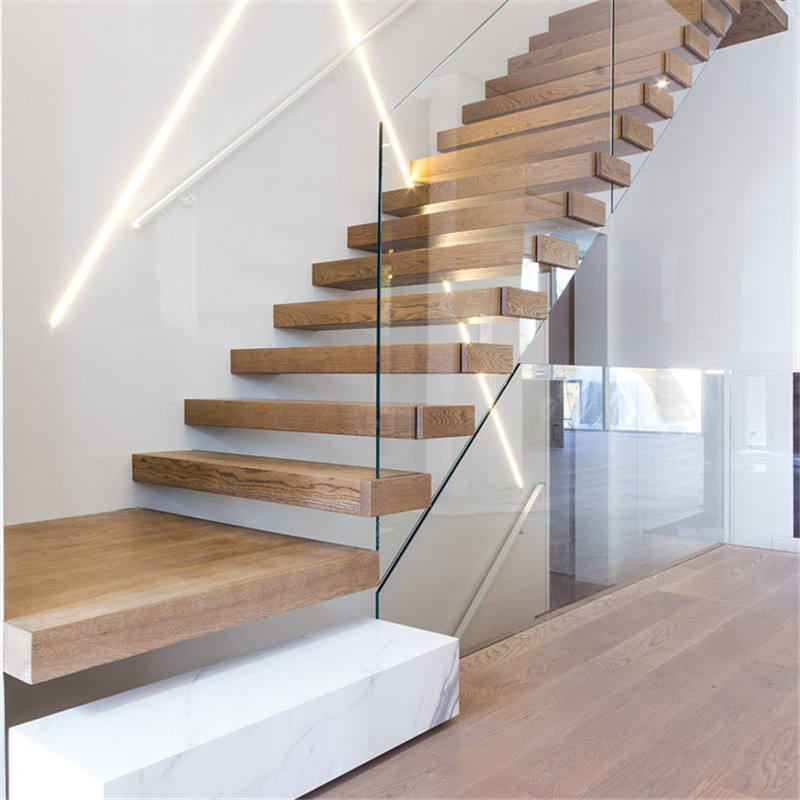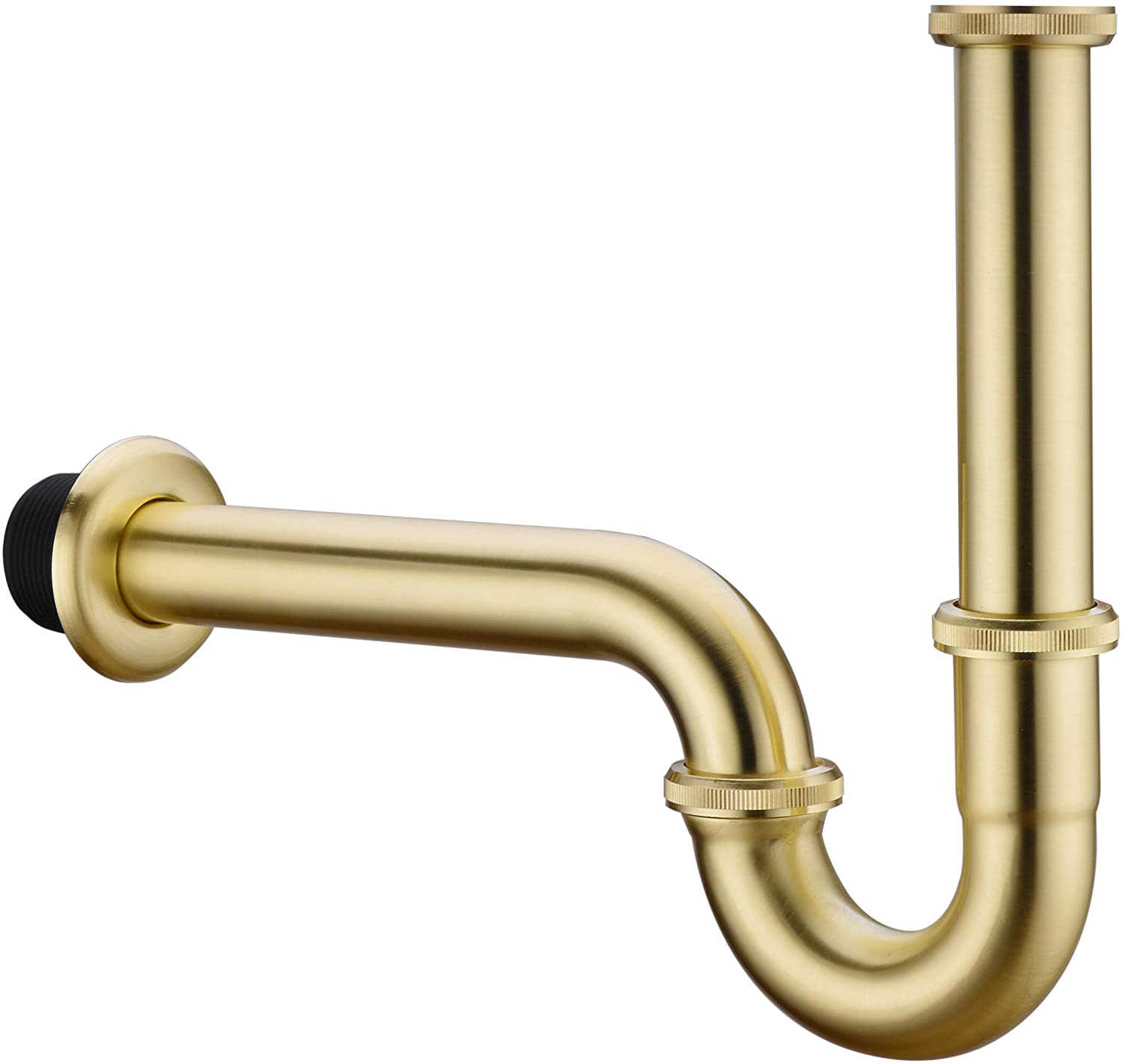There are more than 13,000 different varieties of daffodils. These include natural varieties and many hybrid cultivars.
They come in many sizes, colors, flower types, and rates of flower production.
In this article, we explore the differences between daffodils. Learn more about caring for Daffodils.
Daffodils Are Sorted Into A Dozen Categories
The types of daffodils are organized into 12 divisions by flower type and size. [source]
1. Trumpet style is the classic, traditional daffodils.
Trumpet varieties have long, trumpet-shaped centers (coronas), which are longer than the petals.
These long trumpets may be either flared or narrow.
2. Large cupped varieties produce one large flower per stem and have a corona that is at least a third (but not more than half) the length of the petals.
The corona may be trumpet-shaped, flat, or ruffled. These are available in many colors.
3. Small cupped daffodils are those with shorter coronas (or disc-like coronas).
In this type, the corona is a third of the length of the petals or shorter. Again, there are a lot of beautiful bi-colored hybrids in this category.
4. Double petaled daffodils are very frilly and fancy and may even look more like carnations or peonies than daffodils.
Their pretty flowers usually have double coronas and ruffly double petals.
Some produce only one flower per stem, and some produce multiple fragrant flowers.
Double daffodils come in shades ranging from white to red and make a pretty understory for shrubbery.
5. Triandus varieties produce small flowers, 2 or 3 on each stem.
Their petals flare away from the corona, which is bell-shaped.
These plants produce very fragrant flowers and can do well in a damper setting than most other types of daffodils.
6. Miniature or Cyclamineus daffodils have tiny, individual flowers with dramatically swept back petals and straight, trumpet-like coronas.
These hybrids bloom very early in the springtime and can do quite well as container plants in a shady setting.
7. Jonquils have several small flowers on each stem.
The petals are broad, and the corona stands straight and is about half the petals’ length.
These late spring bloomers have a rich, heady scent and do well in bright, warm settings.
8. Tazetta daffodils are also very fragrant.
These medium-sized daffodils can produce as many as twenty flowers per stem and may need to be staked to prevent them from falling over.
Nevertheless, these late spring bloomers make an excellent addition to a cutting garden.
9. Poeticus are very large, imposing, and richly fragrant.
This is the variety that is most often called “Narcissus.”
These plants have beautiful pure white petals and yellow coronas rimmed in red.
10. Bulbocodium is quite unusual, with the corona making up most of the flower.
It is wine cup-shaped, and the tiny petals flare out like sharp sun rays.
This is a dwarf variety with deep green leaves. It does well naturalized in sunny open fields where it will seed itself and spread merrily.
11. Some types of daffodils have split coronas.
They may have very widely spreading petals and a series of splits that run about half the length of the corona.
This gives the appearance of double petals.
12. In addition to these categories of daffodils, there are also a wide variety of wild daffodils and miscellaneous daffodils that simply refuse to be categorized.
Variations Are Nearly Endless
Among the almost innumerable types of daffodils, the combinations of qualities and variations are pretty limitless.
The development of new cultivars and hybrids regularly adds to this abundance.
When categorizing daffodils, here are the main points considered:
- The size of the flowers’ corona (center) and the size, shape, and number of petals are considered in categorization.
- Some daffodils have both double coronas and double petals.
- Petals may also vary in shape. For example, the petals of the variety known as Cyclamineus curl back from the center of the flower.
The Triandrus variety also has swept-back petals.
- Varieties such as Jonquilla and Tazetta may have very broad petals and small cups.
However, these two are also notable for their sweet fragrance (especially Jonquilla).
- The number of flowers produced varies from one type of daffodil to another.
For example, Tazetta may produce as many as twenty flowers on one stem, while the classic upright yellow daffodil, Rijnveld’s Early Sensation, may grow only one.
The same is true of pretty, fragrant Poeticus, which produces a single large white flower with a small, bright yellow corona on each stem.
How Can You Choose The Right Daffodil?
In all honesty, you can’t go wrong with daffodils. They perform well in most North America from USDA hardiness zone 3 to 9.
For the most part, the only thing that will prevent these hardy perennials from popping up cheerily spring-after-spring is too much moisture and humidity.
If you select from the bulb offerings in your local garden center in the autumn, you can be almost 100% certain of having lovely blooms in the spring.
Some of the hardiest and most popular types are:
- The miniature, Rip van Winkle, only grows to be six or eight inches high. This pretty little plant produces small, ruffly double flowers.
- Towering Golden Ducat grows to be as tall as sixteen inches high. Its large double blooms are a classic shade of deep yellow.
- Berlin has wide yellow petals and a deep orange cup.
- Shady gardens can be prettily graced with Petit Four, which has bright white petals with a pink double center. This variety grows to be sixteen inches high.
- Cassata is a nice split cup variety that transitions from pale yellow to bright white within a couple of days of the flower’s opening.
- Jenny is an early spring bloomer standing about ten inches high. This variety also transitions from yellow to creamy white within a few days of blooming.
- Ice Wings is a multi-flower variety with many tiny, long trumpet blooms with prettily swept-back petals.
- Accent stands 18″ high and boasts broad white petals around a striking, ruffled salmon pink trumpet.
Daffodils Create A Gorgeous Carefree Landscape
With literally thousands of varieties in all sorts of sizes, shapes, and colors, it’s easy to see that adding rugged, easy-care daffodils to your landscape is a win.
Equally, at home in containers, borders, flowerbeds, woodland settings, and open fields, these pretty perennials can bring springtime cheer to every part of your yard and garden year after year.


